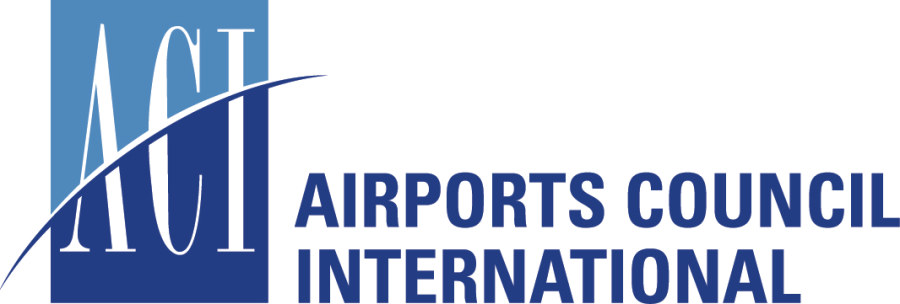Project Initiation Document
Name of author: Ole Nymoen (ole.nymoen@avinor.no)
Date: 2014-11-15
Contents
Version History
The last entry in the table is the version of this document
Version | Date | Comment |
0.1 | 2014-11-10 | Initial version of the PID. Before any reviews. |
0.8 | 2014-11-15 | After initial reviews |
|
|
|
Background and context of the project
The ACI ACRIS work on developing a set of AIDX based A-CDM related services is progressing, but slowly. This project is initiated because:
- The scope of the ACRIS AIDX services is limited to core A-CDM functionality. Even with the latest FT10 extensions the interfaces are quite narrow.The interfaces planned in this project cover the same area, but are much wider.
- Using AIDX as the data model supports an industry standard, but at the cost of making the interfaces harder to understand and use than strictly necessary. This is because AIDX is a flexible and expandable, but also quite complex data model. This project introduces a data dictionary based thinking where the data model is less flexible but much easier to understand.
- Avinor has, together with Lockheed Martin in an AODB project, done a significant amount of work that is related to the ACI ACRIS work. To contribute Avinor and Lockheed Martin want to share this with the rest of the industry.
The project is meant to produce a data dictionary and a set of services that can be seen as a proof of concept of a more pragmatic and simple approach to creating airport relevant services.
Project goals
The project has the following goals:
- Define a very useful, and easy to use, set of services related to A-CDM.
- Create the necessary documentation to use and implement them.
- Get them implemented by at least one vendor and used by at least one airport.
- Get the services and related work accepted as an ACI ACRIS standard.
Scope of the project
The project aims at creating practical services with useful documentation. Apart from this PID the documentation will be architect/developer oriented.
Out of scope are:
- High level documentation showing how this can be used in different scenarios.
- Business oriented documentation
If the project deliverables are approved by ACI ACRIS more supporting documentation can be created.
Project deliverable
The project plans the following deliverables:
- A data dictionary that at least covers all data used in the proposed services.
- An Interface Definition document describing the web services.
- WSDL and XML Schema files to realise the defined services.
- A pilot implementation made by Lockheed Martin and used in production by Avinor.
- A document describing how Avinor makes the services available to airlines and other airport partners.
Outlines business case
Market potentials
The deliverables from this project will eventually replace a set of web based "read" services Avinor currently use to make flight related information available to partners and the public. In addition they will be offered to airlines and partners as an integration platform for A-CDM related information and more general flight related information.
Since the new services will replace, and expand, services already in use by Avinor it is expected that they will be similarly useful for other airports. Avinor's AODB vendor, Lockheed Martin, has agreed to implement the services and make them part of their Chroma suite. They will do the same for the AIDX based services. This will make the services available at an interesting number of airports, especially in northern Europe, and should provide some motivation for airlines to start using them.
Benefits from user's perspective
There are two user groups of the services planned in this project. The benefits for both are listed below.
Benefits for airports implementing the services:
- Services are in use at other airports. The design is tested and supports real usage scenarios. This should help convince airlines, and other airport partners, to use them.
- Services are designed to be developer friendly and easy to understand. XML is easy to understand and parse. There are no cases where data defines data, which makes parsing much harder.
- Services come with clear documentation that can be given to service users. Apart from connection details it should not be necessary to provide any additional documentation.
Benefits for airlines, and other airport partners, using the services:
- Services are implemented by several airports.
- Services are designed to be very user (developer) friendly with clear documentation and very "clean" xml. It easy to implement support for them.
Framework of the project
Stakeholders
- IATA / Airlines
- ACI / Airports
Timeline and milestones
- 2014.12-01: PID accepted.
- 2015-01-19: Service definition are 90+% complete, implementation can start.
- 2015-04-? (ACI ACRIS workshop)All deliverables ready for review and demonstration.
Project team
The following roles have been manned:
- Project Leader: Ole Nymoen (Avinor)
- Business Architect: Ole Nymoen (Avinor), Ade Edwards (Lockheed Martin)
- WebService Architect / Developer: Morten Banzon (Avinor), Morten Brindle (Lockheed Martin)
- Core review group: Magnus Berglund (Swedavia), Aaldert Hofman (Schiphol Group)
Airline representatives for review, quality control and business relevance:
- Norwegian: Leif Ødegård, Wenche Halland Sandbæk
Governance
The project team will work together using:
- Workshops. At least two are expected through the project.
- avinor.atlassian.net as a collaboration and documentation platform.

2 Comments
user-9d15e
Ade test comment
user-9d15e
Martin!